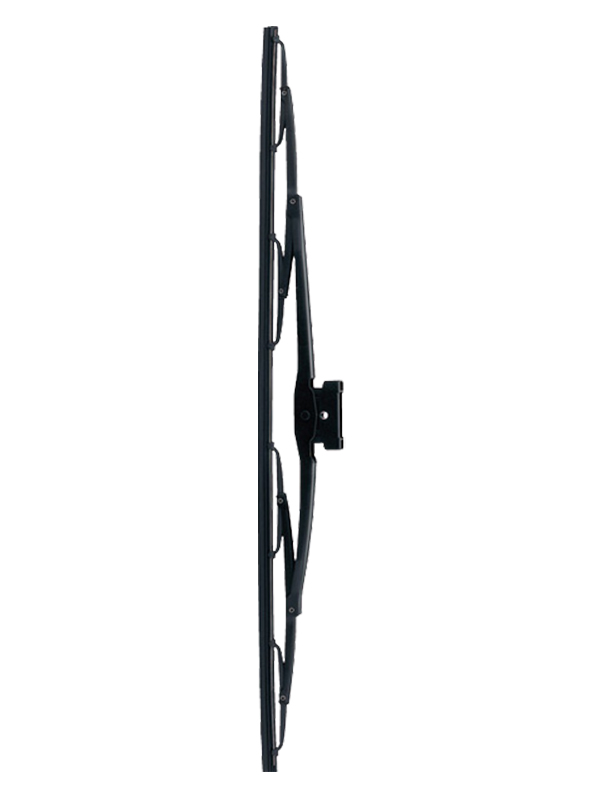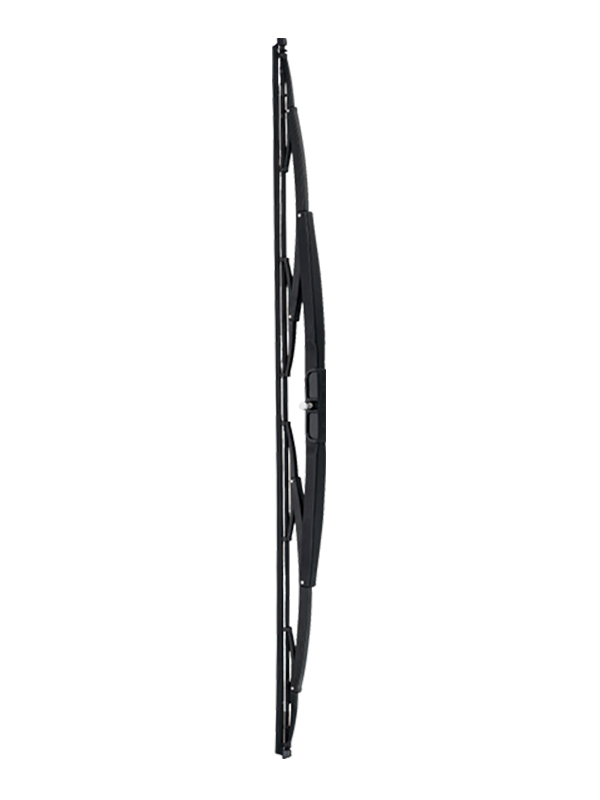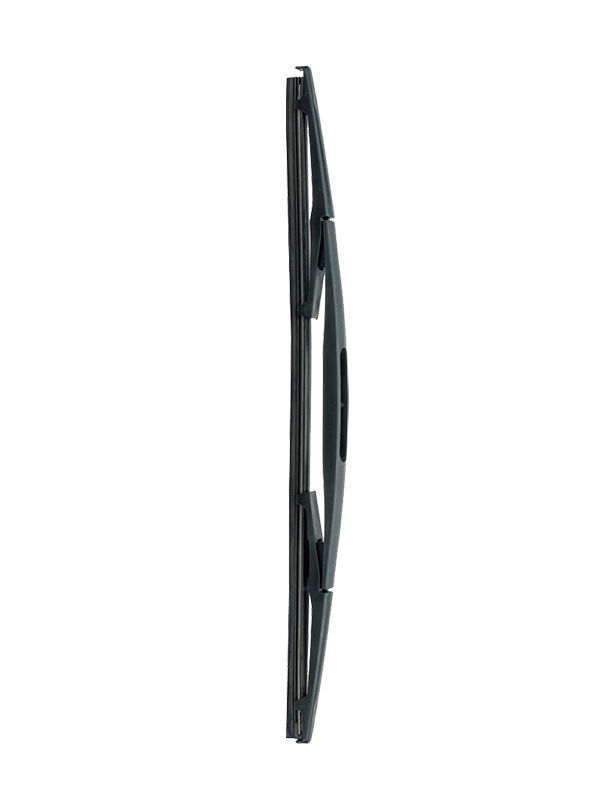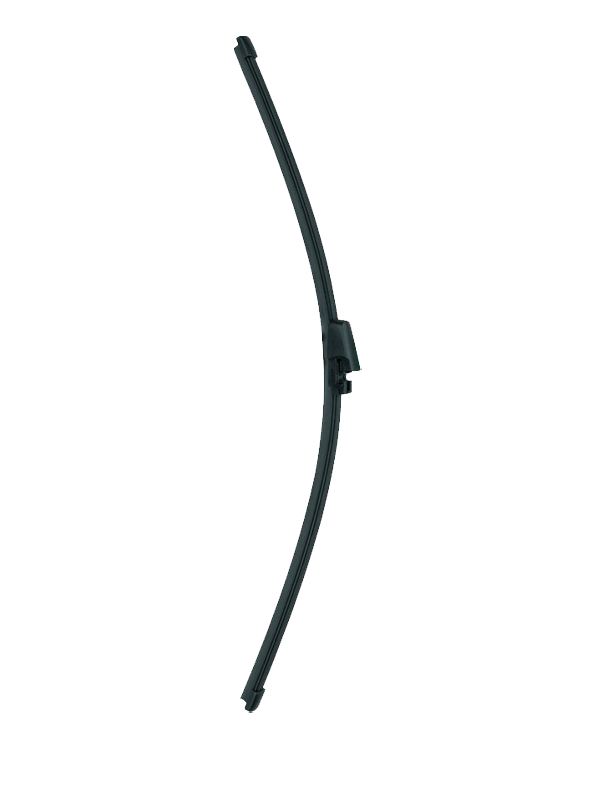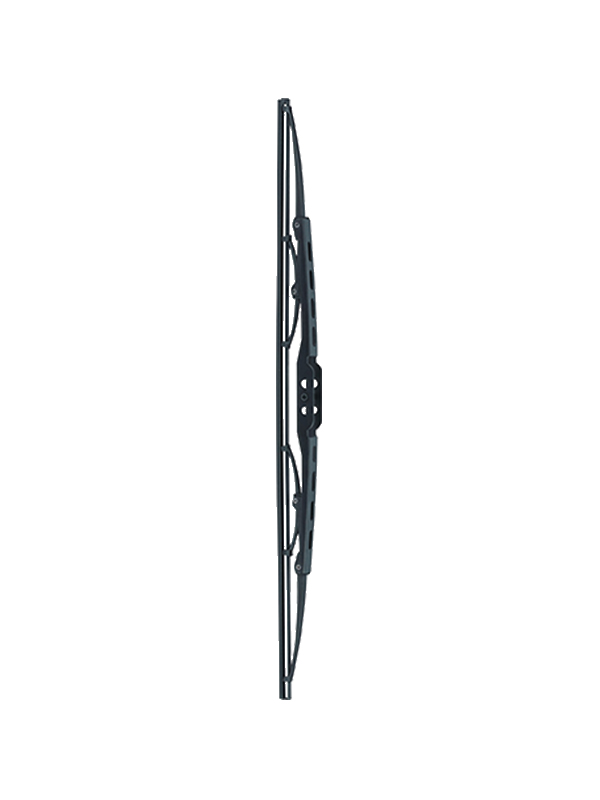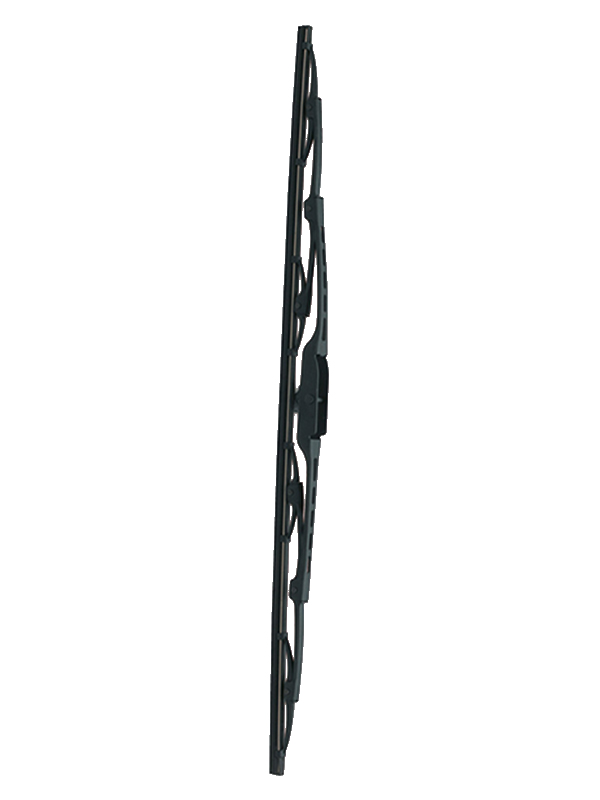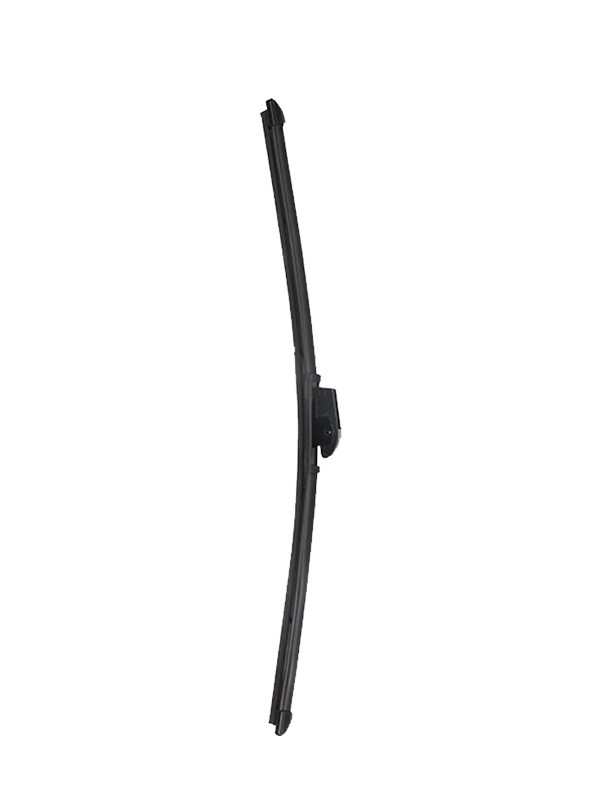Submit feedback
Application of environmentally friendly materials in general wiper blades: sustainable production practice of biodegradable rubber

Material characteristics and technical advantages of biodegradable rubber
The biodegradable rubber used in the universal wireless blade manufacturing is essentially different from traditional synthetic rubber. Based on natural rubber, this innovative material achieves a perfect balance between use and degradation properties through molecular structure modification and additive optimization. Under normal use conditions, the degradable rubber maintains elasticity, wear resistance and weather resistance comparable to traditional materials; and under specific environmental conditions, it can be gradually degraded through microbial action or chemical decomposition process, greatly reducing the environmental burden.
From a technical perspective, modern biodegradable rubber solves the problem of insufficient mechanical properties of early environmentally friendly materials by precisely controlling crosslink density and adding bio-based plasticizers. Special molecular designs allow the material to remain stable during use during wiper blades, and the degradation process starts when it comes into contact with soil or specific catalysts after being discarded. This "intelligent degradation" feature ensures the dual guarantee of product service life and environmental performance. Weather resistance tests show that high-quality degradable rubber wipers can maintain stable performance under extreme temperature changes and ultraviolet rays, fully meeting the strict quality standards of the automotive industry.

Sustainable production process and manufacturing process innovation
The application of biodegradable rubber in the production of universal wiper blade requires a brand new manufacturing concept. Compared with traditional rubber production, environmentally friendly processes significantly reduce energy consumption and harmful substance emissions. The adoption of low-temperature mixing technology reduces energy consumption by more than 30%; water-based replacement solvents completely eliminate volatile organic compounds pollution; and accurate metering systems control raw material waste to a minimum level. These innovations not only improve the environmental friendliness of the production process, but also reduce overall production costs by optimizing resource utilization.
In the vulcanization process, the degradable rubber adopts an innovative bioactivator system, replacing traditional harmful accelerators. This change not only makes the production process cleaner, but also makes the final product completely free of harmful substances such as heavy metals. In terms of molding process, advanced integrated injection technology achieves higher dimensional accuracy and more uniform material distribution, ensuring that each wiper strip has consistent quality performance. The scraps and waste products in the manufacturing process can be recycled and processed through special equipment and re-made into raw materials through special processes to achieve true closed-loop production.
Dual benefits of performance and environmental protection
The environmentally friendly universal wiper blade shows performance comparable to or even better than traditional products in actual use. The precision-designed rubber formula provides excellent glass fit and maintains a stable scraping effect at all speeds; the special molecular structure gives the material better low temperature flexibility and does not become hard or brittle in severe cold environments; the optimized material composition enhances the resistance to UV and extends the service life of the product in strong sunny areas. These performance advantages enable environmentally friendly wipers to meet the needs of different climate regions around the world.
From the perspective of environmental protection, the advantages of biodegradable rubber wiper blades are more significant. Product life cycle analysis shows that from the acquisition of raw materials to the final degradation, the carbon footprint of environmentally friendly wipers is reduced by more than 40% compared with traditional products. The discarded wiper blades can complete most of the degradation process within 12-24 months under appropriate conditions, without causing microplastic contamination. After degradation, the natural ingredients in the material can also provide the soil with organic matter, achieving a virtuous cycle from industrial products to natural matter. This comprehensive environmentally friendly feature makes biodegradable rubber wiper a model for sustainable development of automotive parts.
Market acceptance and future technological development direction
The current market acceptance of environmentally friendly universal wiper blade is showing a rapid upward trend. Consumer surveys show that more than 60% of car owners are willing to pay a 10-15% premium for environmentally certified wipers. This consumption tendency is particularly obvious among young people, indicating the continued growth potential of the market in the future. Automobile manufacturers have also begun to gradually adopt environmentally friendly wipers in factory configurations to meet corporate carbon emission goals and environmental commitments. Feedback from retail channels shows that the sales growth rate of products with clear environmentally friendly labels is significantly higher than that of traditional products.
In terms of technology research and development, the next generation of biodegradable rubber wipers will develop in the direction of higher performance and faster degradation. The application of nano-enhanced technology is expected to further improve the mechanical strength and wear resistance of materials; intelligent degradation control systems will achieve more accurate degradation time management; innovation in bio-based additives can expand the source range of raw materials. Some leading companies are exploring the concept of "seasonal degradation", allowing wipers to automatically adjust the degradation speed according to the use environment, achieving a perfect balance between performance and environmental protection. These technological advances will continue to drive the shift of environmentally friendly wiper blades from niche products to mainstream markets.
The application of biodegradable rubber in the universal wireless blade field marks an important milestone in the sustainable development of the automotive parts industry. This innovation not only solves the environmental pollution problem of traditional rubber products, but also achieves a comprehensive improvement in the performance of environmentally friendly products through breakthroughs in materials science and process engineering. With the increasing maturity of production technology and the continuous improvement of market awareness, environmentally friendly wipers are expected to become the industry standard configuration in the next few years. For auto manufacturers, parts suppliers and consumers with strong environmental awareness, choosing biodegradable rubber wipers is not only a practical action to practice environmental responsibility, but also a wise choice for pursuing high-quality automotive life. This green innovation will continue to promote the development of the entire automobile industry chain towards a more sustainable future.


 English
English  中文简体
中文简体 

